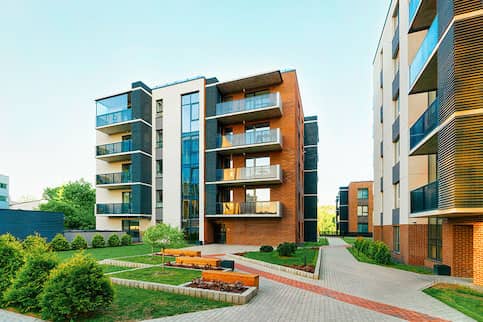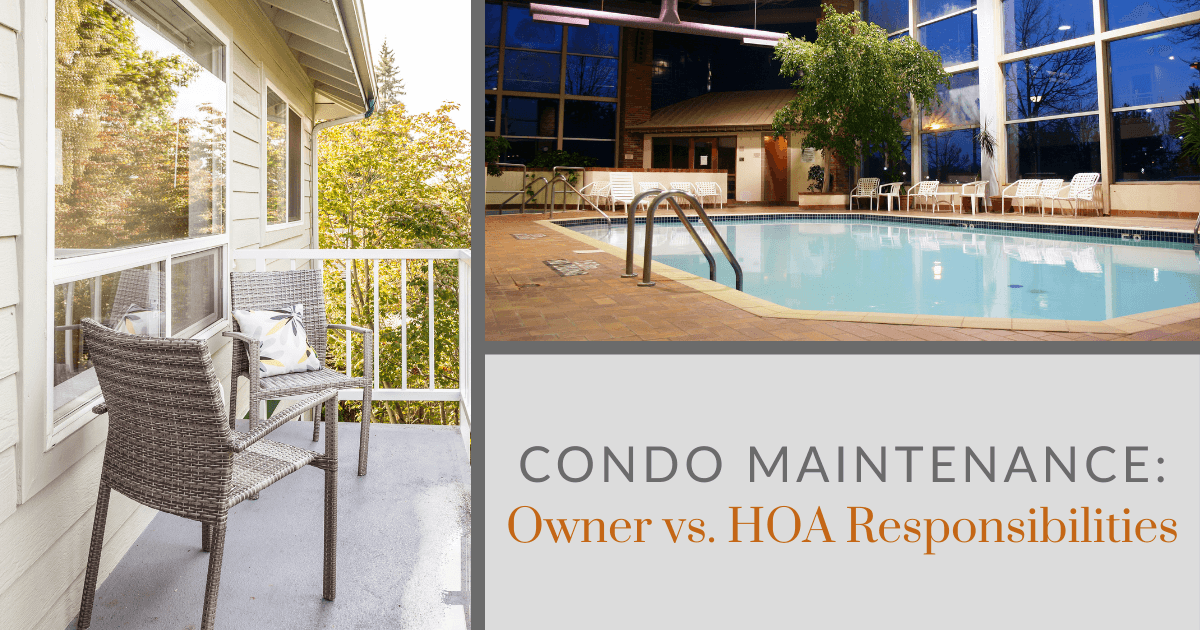The Ultimate Contrast: HOA Condo vs. Standard Home
The Ultimate Contrast: HOA Condo vs. Standard Home
Blog Article
The Duty of an HOA in Establishing and Enforcing Area Guidelines for Homeowners
The duty of a Homeowners Organization (HOA) in developing and imposing community standards is basic to preserving a cohesive and orderly property setting. By creating clear policies that regulate facets such as building upkeep and area conduct, the HOA not just sets requirements for residents yet also promotes a feeling of belonging and accountability.
Understanding Home Owners Organizations
Homeowners associations (HOAs) act as regulating bodies for domestic areas, playing an essential duty in preserving home values and promoting a sense of area. Usually formed by designers, HOAs are composed of home owners within a marked area that elect a board to look after the organization's activities. The key functions of an HOA consist of enforcing neighborhood rules, taking care of common locations, and arranging neighborhood occasions.
HOAs operate under a set of controling files, consisting of restrictions, conditions, and agreements (CC&R s), which lay out the rights and obligations of homeowners. These policies intend to make certain that residential properties are maintained to a certain criterion, thereby safeguarding the visual allure and total worth of the community. Additionally, HOAs typically accumulate charges from homeowners to fund maintenance, landscaping, and other neighborhood services.
The existence of an HOA can dramatically affect the living experience within a neighborhood (hoa condo). While some residents appreciate the structured environment and facilities offered, others may discover specific policies restrictive. Balancing the interests of all property owners is vital for an HOA to work successfully, making sure that it offers its designated function of enhancing community living while respecting specific home owner civil liberties
Establishing Neighborhood Guidelines

To begin, an HOA ought to carry out surveys or convene that enable locals to voice their issues and ideas. This participatory procedure promotes a sense of ownership and enhances compliance. Next, the HOA board must analyze the responses to recognize typical styles and concerns that call for formal inclusion in the standards.
It is additionally important to make certain that the standards are clear, succinct, and easily understood. Obscurities can cause conflicts and misconceptions, weakening the purpose of the standards. The guidelines ought to be comprehensive, covering numerous elements of area living, consisting of property upkeep, noise degrees, and use of usual areas.
Enforcement of Regulations
Efficient enforcement of area policies is crucial for keeping order and guaranteeing that all homeowners comply with the developed guidelines. An HOA needs to implement an organized approach to implement these regulations, which commonly involves a combination of surveillance, communication, and charges for non-compliance.
First, regular assessments and area patrols can assist recognize violations, making certain that guidelines are constantly used across the community. This aggressive monitoring enables the HOA to resolve issues before they intensify, cultivating a sense of responsibility amongst homeowners.
Second, clear communication is necessary. Homeowners ought to be notified of the guidelines and the procedures for reporting violations. An open line of interaction motivates citizens to voice issues and look for explanation on standards, which can enhance compliance.

Lastly, when offenses take place, the HOA needs to impose effects as detailed in the regulating documents. By properly implementing guidelines, an HOA can grow an unified living environment that mirrors the collective worths of its citizens.
Benefits of HOA Rules
Various benefits develop from the implementation of HOA laws, which serve to enhance the top quality of life within a community. One key advantage is the upkeep of building values. By applying requirements for visual appeals and upkeep, HOAs make certain that homes and common locations remain eye-catching, fostering a preferable living environment that can cause increased residential property values in time.
In addition, HOA regulations promote uniformity and uniformity within the neighborhood. This comprehensibility in design and maintenance assists to develop a sense of belonging among homeowners, contributing to neighborhood satisfaction and a favorable atmosphere. Moreover, developed standards help with dispute resolution amongst next-door neighbors by providing clear expectations and procedures for actions, thereby reducing conflicts.
An additional substantial advantage is the stipulation of common services and services. Many HOAs manage community facilities such as swimming pools, clubs, and parks, which enhance recreational opportunities for residents. These facilities that site not only improve the quality of life but additionally urge social communication.
Eventually, the guidelines stated by an HOA cultivate a well-organized, unified area, making certain that citizens take pleasure in a high requirement of living while promoting a go to my site supportive setting for all home owners.
Usual Difficulties Dealt With by HOAs
Amidst the advantages that home owners associations (HOAs) can offer, they also run into a range of challenges that can prevent their performance. One considerable issue is the absence of resident involvement. Numerous homeowners might not join meetings or area tasks, resulting in a disconnect in between the HOA board and citizens. This disengagement can result in misconceptions concerning neighborhood guidelines and an absence of assistance for enforcement initiatives.
Disagreements can emerge when residents feel that enforcement is inconsistent or like this biased, possibly leading to disputes within the area. In addition, HOAs frequently deal with monetary restraints, which can restrict their capacity to keep usual locations or fund area tasks.
Furthermore, browsing legal intricacies can be intimidating for HOAs. Evolving and altering demographics community needs need HOAs to adjust their guidelines, usually satisfying resistance from long-lasting locals that are accustomed to conventional standards.
Conclusion

By formulating clear guidelines that regulate facets such as residential or commercial property upkeep and area conduct, the HOA not just sets requirements for citizens however additionally fosters a sense of belonging and responsibility.Homeowners organizations (HOAs) offer as controling bodies for residential communities, playing a critical role in maintaining home worths and promoting a feeling of area. Several homeowners may not participate in meetings or community activities, leading to a disconnect between the HOA board and residents. Developing and altering demographics neighborhood needs need HOAs to adapt their guidelines, frequently meeting resistance from long-standing residents who are accustomed to standard norms. Through the development of clear laws and consistent enforcement, HOAs advertise home upkeep, area satisfaction, and depend on among locals.
Report this page